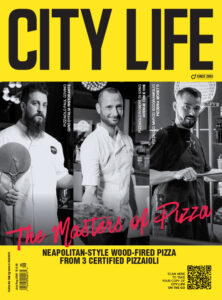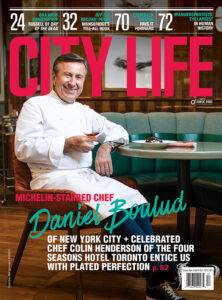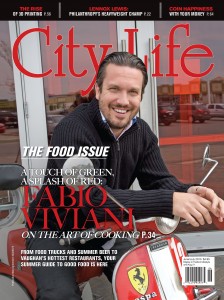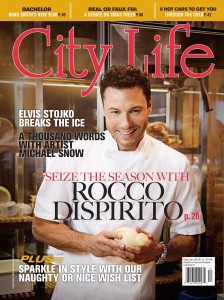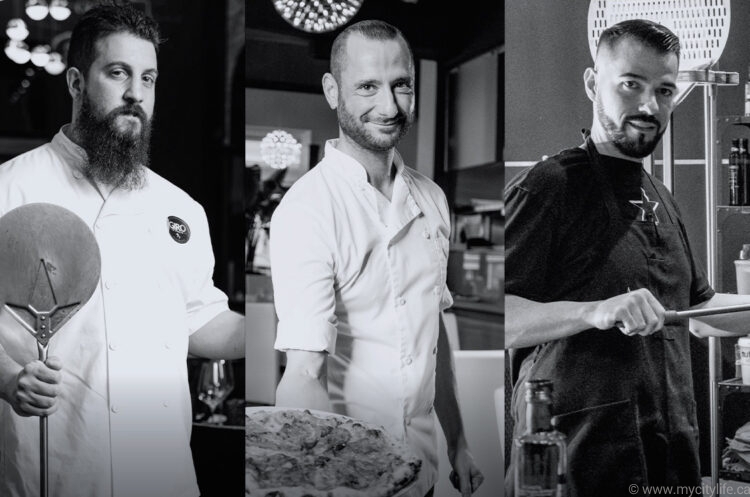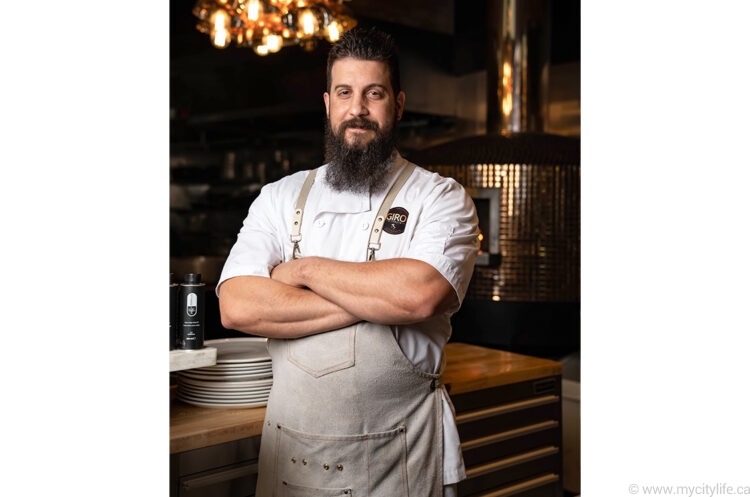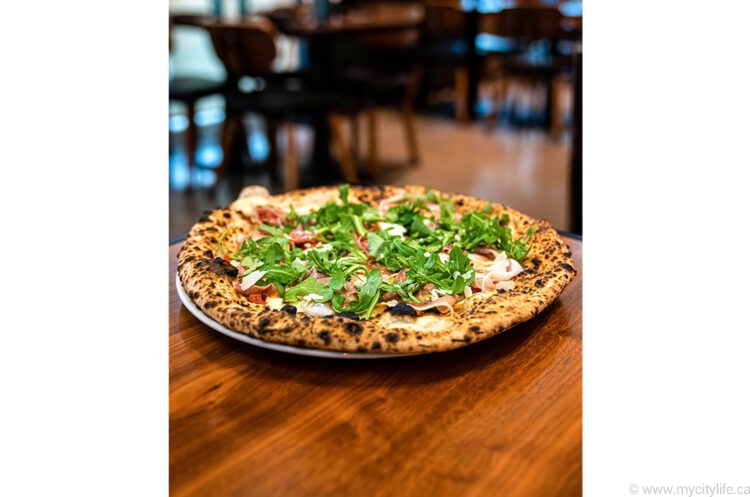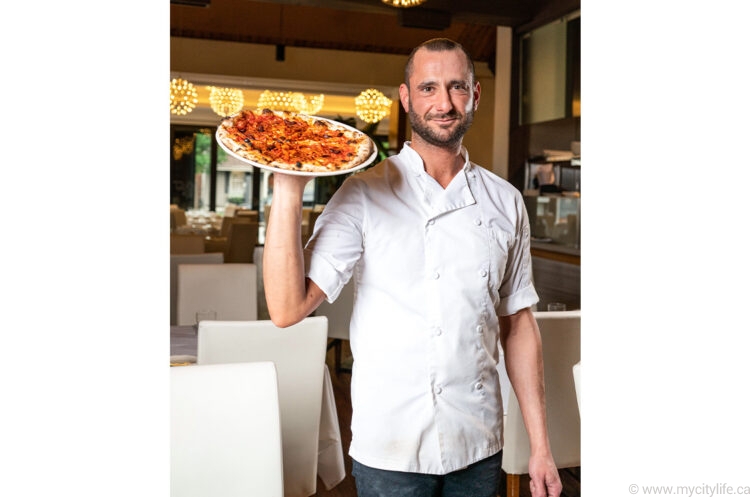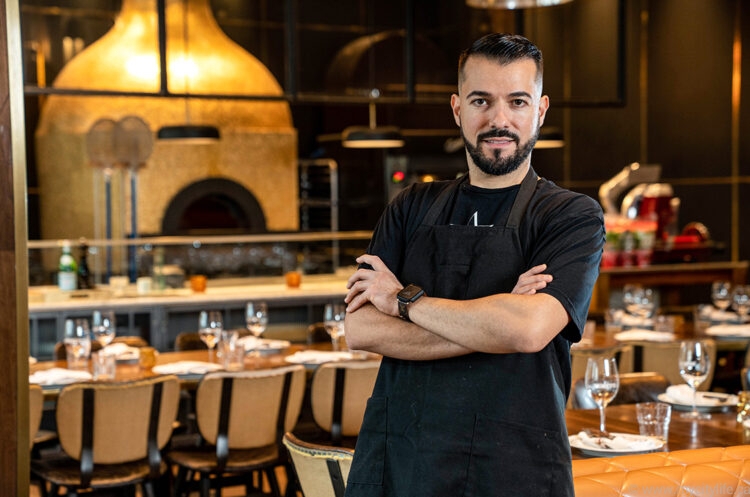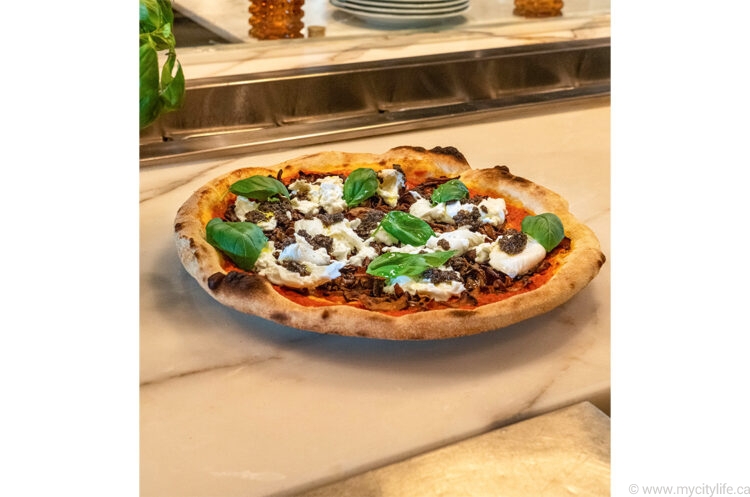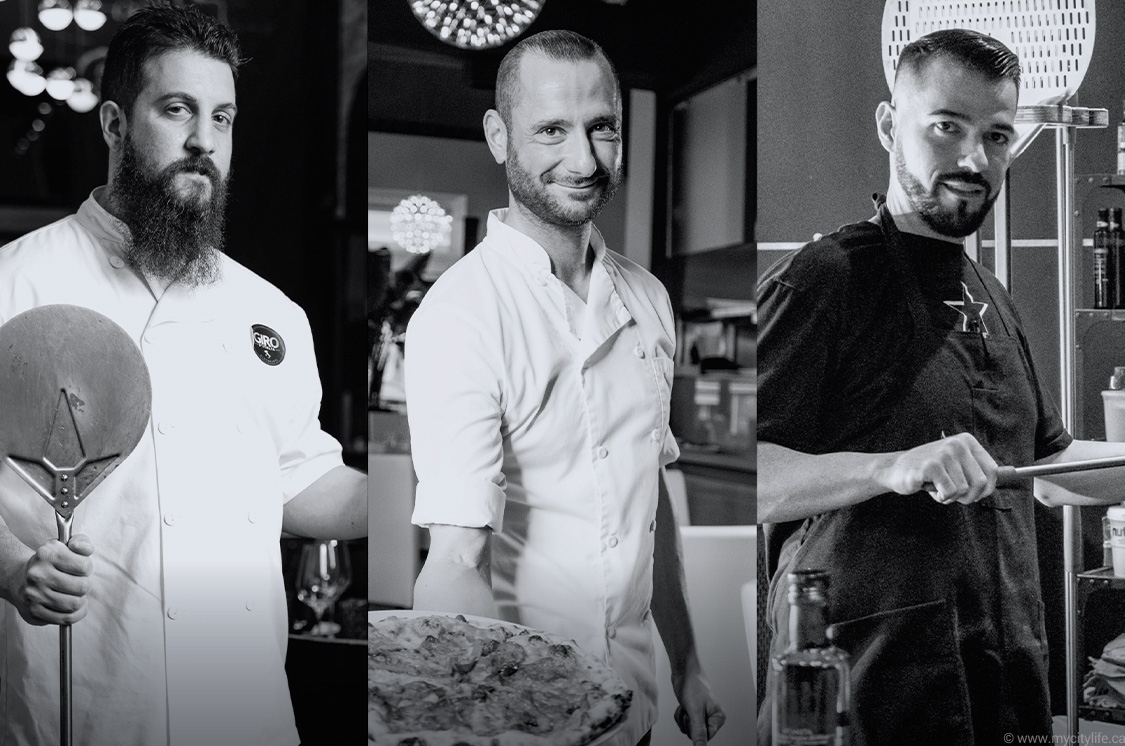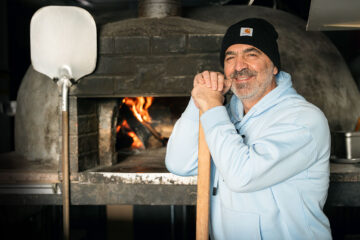The History of Pizza, The World’s Most Beloved Food
The world’s most beloved food has ancient roots, but it was in 1889 that a Neapolitan pizzaiolo laid the foundation for the global obsession that it has become today.
The history of pizza begins with the humble flatbread, which people made as far back as in prehistoric times by combining crushed grains and water to make a dough and then baking it on a hot stone. The end result would likely have been crispy but not very tasty. It is the ancient Egyptians who are credited with making flatbread more palatable. They discovered that a mixture of flour and water left out on a warm day allowed the wild yeasts in the grain to ferment the dough and produce a bread that was lighter, tastier and easier to digest.
Various flatbreads were consumed by other ancient peoples as well, including the Greeks and the Romans. Focaccia, often referred to as the “godfather of pizza,” is one of pizza’s most direct precursors. Many historians believe that focaccia originated with the Etruscans of central Italy, its name deriving from the Latin panis focacius, which means “hearth bread” and refers to the ancient method of baking bread over a hearth or fireplace in the centre of the home. Romans made a simple dough by combining flour, salt, olive oil, water and a small amount of yeast, and they likely seasoned it with herbs.
“When the moon hits your eye / like a big pizza pie, that’s amore.”
Focaccia’s popularity spread throughout Italy. In the 7th century, the Lombards in northern Italy produced a variant that they called “bizzo”, or “pizzo,” related to the English word “bite.” At the end of the 10th century, official Italian documents with the terms “pizis” and “pissas” appeared, referring to certain types of baked products in Abruzzo and Molise that were described as variants of bizzo and pizzo. The name became official when Neapolitan writer Benedetto Di Falco described in his 1535 book, The Description of Ancient Places in Naples, that “focaccia in Neapolitan is called ‘pizza’.” At the time, the most pressing problem in Naples was the provision of food for the thousands of impoverished people who had flocked to the city from the countryside looking for work. Cheap and nutritious, pizza became known as the food of the poor. It was made with olive oil or lard, cheese and herbs, and sold by street vendors. Tomatoes, which by the mid-1500s had arrived in Europe from the Americas, began to appear on pizza as well.
Legend has it that the reputation of pizza as a peasant dish finally changed in 1889 because of a visit to Naples by King Umberto I and Queen Margherita. The story goes that during their walk through the city, the royal couple were welcomed by Napoli’s most popular pizzaiolo, Raffaele Esposito, who prepared three pizzas for them: a pizza mastunicola made with pork, lard, sheep’s cheese and basil, a pizza marinara made with tomato sauce, olive oil, garlic and oregano, and a pizza with mozzarella, basil and tomatoes, ingredients intentionally chosen to recall the colours of the Italian flag. Claiming that the last was Queen Margherita’s favourite, Esposito christened it “Pizza Margherita” in her honour. Pizza was no longer only fit for the poor and Raffaele Esposito became known as the father of modern pizza.
While this origin story continues to be debated, aspects of it have been verified, including the fact that Esposito was indeed the owner of a pizzeria in Napoli that he had named “The Queen of Italy” six years earlier. And even if it’s true that he propagated the story for his own benefit, we can still thank him for the ensuing popularity of pizza: it spread throughout Italy and eventually the rest of the world as migrants carried their customs and traditions with them.
At the end of the 19th century, the millions of Italians that emigrated to America, mostly to New York, brought with them a little slice of home, and it wasn’t long before American pizza developed its own distinct flavours and styles. Italian-American celebrities like Frank Sinatra, Dean Martin and Joe DiMaggio were famous pizza fans, and they helped explode its popularity in America. The rest of the world followed suit, wanting pizza like they wanted everything American, from blue jeans to rock ’n’ roll.
But there’s more to why people are crazy for the dish. Pizza has all the ingredients, from the dough to the melted cheese to the umami-rich tomatoes and the endless options of toppings, that make it the ultimate comfort food. Pizza is easily made-to-order and personal tastes. Pizza is fun and easy to make; it’s also an easy takeout option. And whether it’s for lunch, dinner, a snack or as a leftover from the night before, it tastes great any time of the day.
Who doesn’t know and love Dean Martin’s famous 1953 lyric, “When the moon hits your eye / like a big pizza pie, that’s amore”? It keeps people singing — and eating pizza to this day!
PIZZAIOLO PAUL COVINO, GIRO D’ITALIA RISTORANTE
Born and raised in Australia, head pizza chef of Giro D’Italia Ristorante, Paul Covino, fell in love with cooking at 16 years old. But it was a family trip to Italy that sparked his desire to become a pizza chef. From that point on, he has proudly dedicated his life to the pizza-making process, using only the highest-quality ingredients and meticulous preparation.
“A big difference between a good pizza chef and a great pizza chef is the consistency.”
Q: What is your favourite pizza?
A: My favourite pizza is the margherita. It’s the most traditional, and I think if you want to judge the skills of a pizza chef, you must try their margherita because the ingredients are so simple.
Q: Why do you think everyone loves pizza?
A: Some people like their pizzas round, some people like them square, and some people like them well done. Some people like them soft, some people like them loaded with ingredients, and some people like them with not a lot of ingredients. So it’s hard to please everyone. It is definitely one of the most universal and opinionated foods that you can buy or make at home.
Q: What defines a great pizza chef?
A: A big difference between a good pizza chef and a great pizza chef is consistency. Can you make great pizzas not only for one day, but can you do it consistently every day, every week, every month, for years? So, my goal is to maintain a consistent high-quality pizza.
www.giroditalia.ca
@giroditaliaristorante
PIZZAIOLO ROBERT DI IORIO, AVENUE CIBI E VINI
Head pizza chef of Avenue Cibi e Vini, Robert Di Iorio’s passion for food flourished as a child at the kitchen table alongside his loving grandparents. His journey into the pizza-making world began at 23 years old when he was working in a restaurant that had a pizza oven and he said to the owner, “Put me behind the oven and I’ll figure it out.”
“When you know what flavours work together, you can do some pretty magical stuff.”
Q: What makes your pizza special?
A: I’m making it. That’s the secret ingredient. I do it with love and passion, and I always do my best to put out the best product possible.
Q: What personal rules do you follow?
A: Never cut any corners. There’s no quick way, or cheating in the kitchen. I always strive to be the best by experimenting and keeping up with the different trends. It starts with love, but when you know what flavours work together, you can do some pretty magical stuff.
Q: If you were to make a pizza for anyone alive or passed on, who would it be?
A: I would say for my grandparents. I grew up on their pizza, and I never got the chance to make them one. As far back as I can remember, maybe at four or five years old, I couldn’t wait to go to my grandparents’ house to eat. They had their own cooking style, and that’s a taste that I’ll never be able to taste again.
www.avenuecibievini.com
@avenuecibievini
PIZZAIOLO MARCO SCOGNAMIGLIO, PIZZERIA MORETTI
Head pizza chef of Pizzeria Moretti, Marco Scognamiglio, stumbled into the culinary world in the most unexpected way. He was 18 years old travelling back from Sardinia, Italy, when a friend of his asked him if he wanted to work at his restaurant for a summer job. One thing led to another, and now his culinary path has led him to one of the most beautiful restaurants in downtown Toronto.
“I get in my comfort zone when i am behind the kitchen counter. I am exactly where I need to be.”
Q: How did your family play a part in your cooking?
A: Growing up, my family always supported me and believed in what I can do no matter what I was doing, whether it was a new recipe or a new idea. I must give credit to them. My father never had the chance to see everything that I have accomplished. If he knew City Life was interviewing me, he would be very proud.
Q: How would you describe your culinary style?
A: I would describe my style as modern and contemporary. I like to keep updated with what is going on in the kitchen and new chefs that are coming onto the scene. I try to experiment with different ingredients to try and get the best out of them.
Q: Is there any topping you would not add to a pizza?
A: For me, there isn’t one. I would put on everything possible to make a good pizza because if you know how to use a topping properly with other ingredients then you can get a great pizza.
Q: What sparks your inspiration and creativity in the kitchen?
A: It really depends on my mood. My inspiration can come from anywhere. There is always something new coming up in my head, and I try to make something special with it. It is almost spiritual, in a way, because I get in my comfort zone when I am behind the kitchen counter. I am exactly where I need to be.
www.pizzeriamoretti.com/toronto
@moretti_toronto
www.ciaobellapizzaovens.com
@ciaobellapizzaovens
CHEFS Q&A WRITTEN BY MARC CASTALDO










